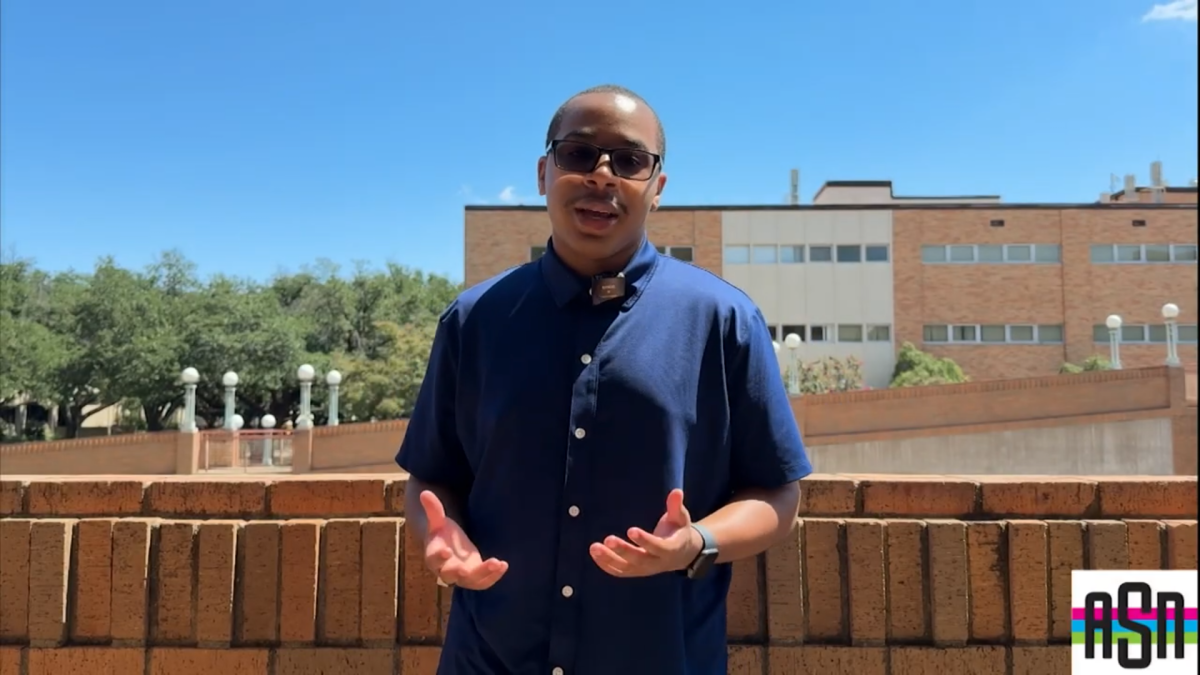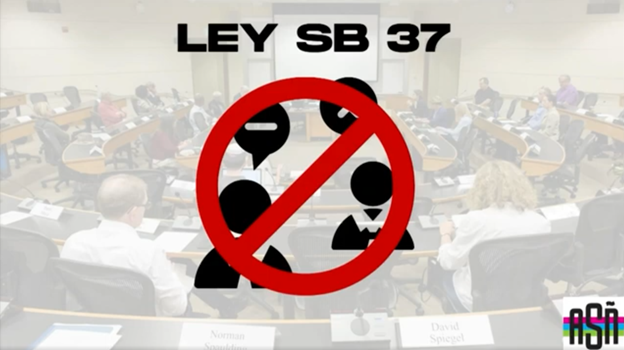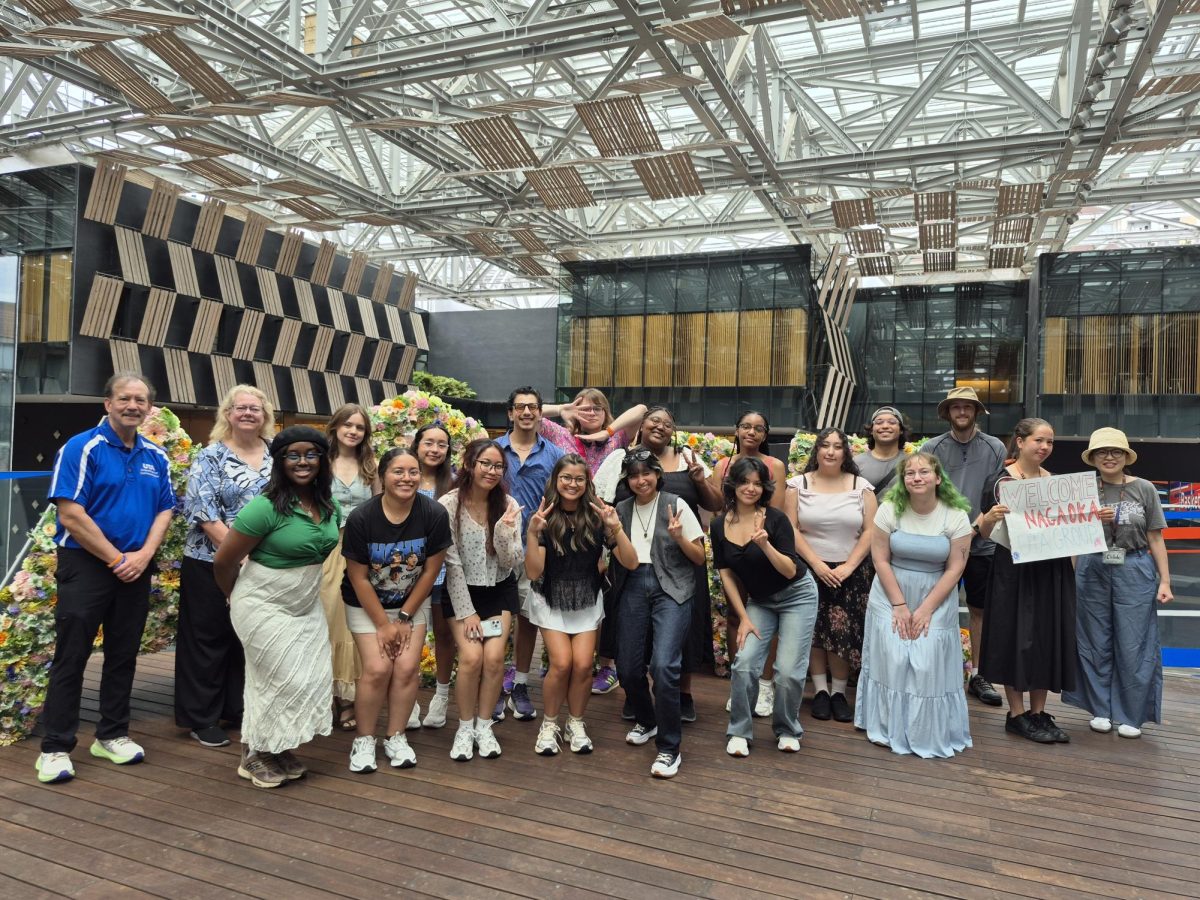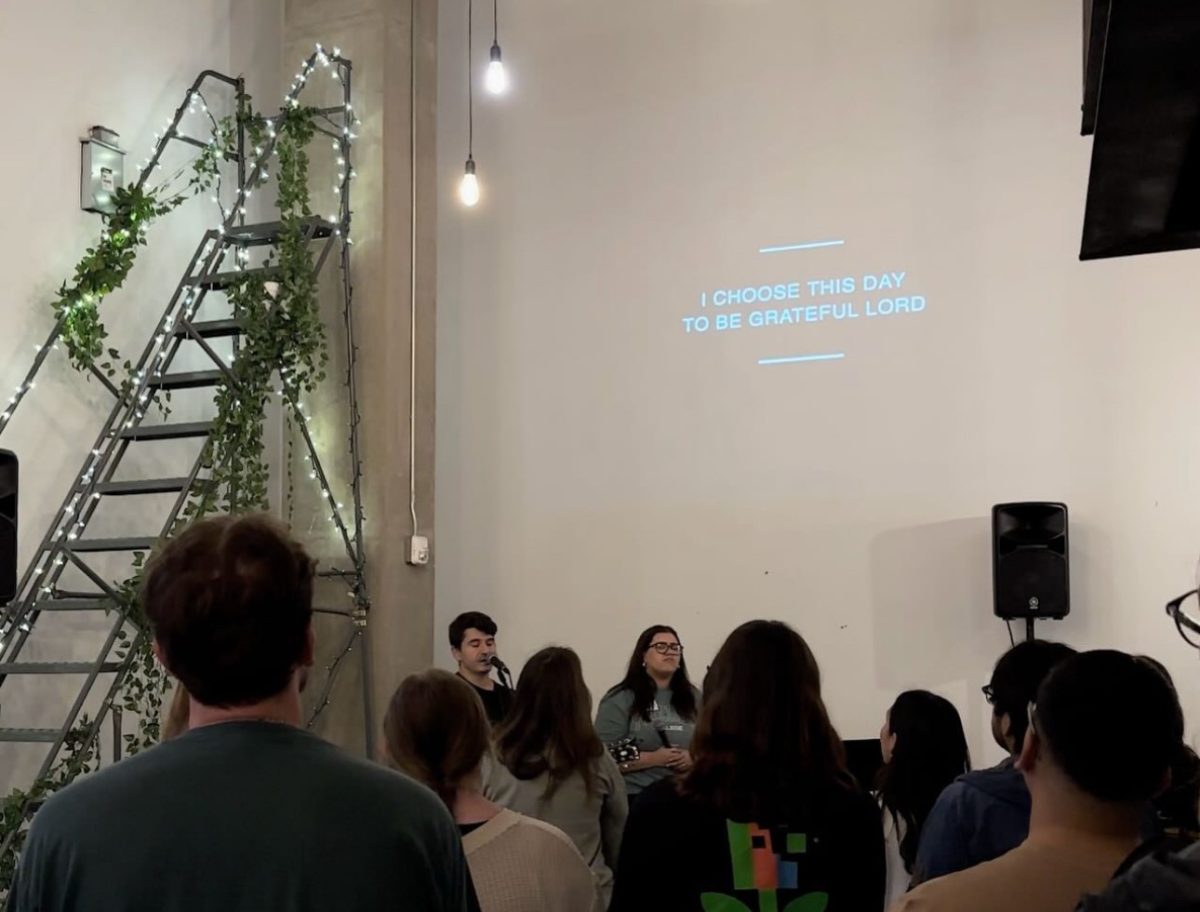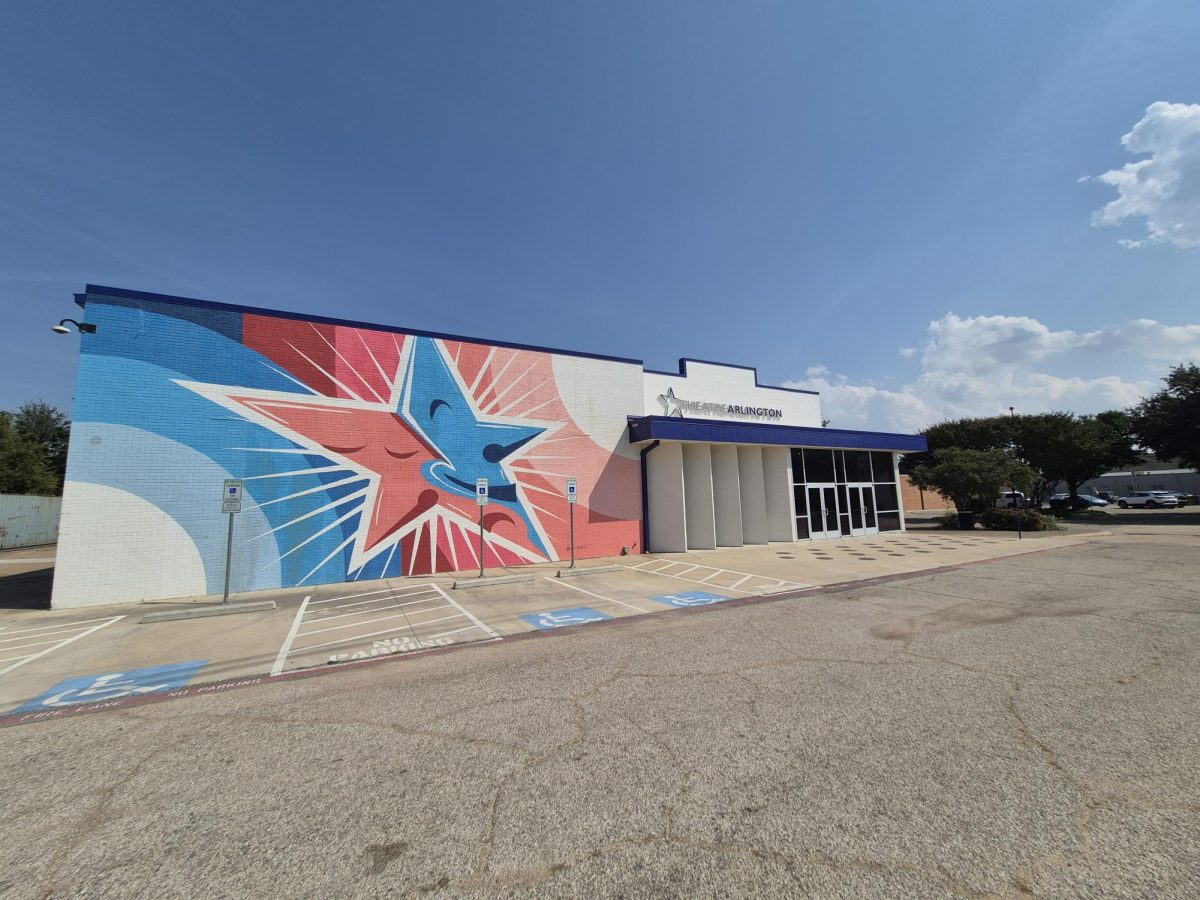ARLINGTON, Texas – Although the Arlington Life Shelter is perhaps best known for providing housing for those experiencing homelessness, the agency’s employment program is helping its residents leave the shelter with stable jobs.
The Arlington Life Shelter, located at 325 W. Division St., has been making an impact on North Texans affected by homelessness since 1987. But in 1994, the shelter started up its employment program for residents. Partnering with numerous companies and organizations, ALS is credited with helping 79% of its residents leave the shelter with stable employment.
Stephanie R. Melchert, president and CEO of Arlington Life Shelter, said residents can start receiving employment help within their first week at the shelter. As soon as residents agree to the program, they are assigned a case manager who helps them with every step toward success.
“The whole main purpose is to get them back on their feet,” Melchert said. “We want to be able to make sure they’re getting what they need and we’re putting them on a path to self sufficiency.”
In June 2020, the shelter ended its overnight program to take on some remodeling and open up its new building. After the expansion, the shelter was able to serve families.
In 2021, the shelter helped a total of 805 people. Men represented 45% of residents, with females representing 45%. Ten percent registered as unknown. Being a temporary home to an average of 115 residents on a regular basis, the shelter has served individual men, women and now families.
“People are calling every single day to see if they can get into our shelter from a family standpoint,” Melchert said. “Which is very sad. Our families are the ones that are probably hurting the most from a homeless standpoint.”
On average, residents tend to stay at Arlington Life Shelter for 3.7 months. Although this varies from case to case, they are never left alone to wonder what their next move will be.
As of now, there are six case workers on staff at ALS. Shalandra Talley has been a case manager at the shelter for 10 months. Talley has a wide range of responsibilities aimed at helping clients achieve self sufficiency. These go far beyond employment help.
The first order of business is to figure out why clients are in this situation and identify barriers that could prevent them from securing a stable income. In order to help clients in the most efficient way, case workers have to gain an understanding of the client’s physical and mental health background.
Next, she determines transportation for clients, looks at health concerns and at family considerations. If a client comes to the shelter with children, she helps them get connected with primary care physicians.
From there, Talley can then assist with creating a budget so the client can start saving and helping them apply to local housing authorities or apartment complexes. Providing clients with resources to classes and assisting with necessary documentation for housing authorities are typically some of the last steps.
“The opportunity to advocate for and empower individuals who are facing systemic barriers and inequality can be incredibly gratifying,” Talley said. “By being a voice for those who may not have one, I am contributing to a more just and equitable society.”

